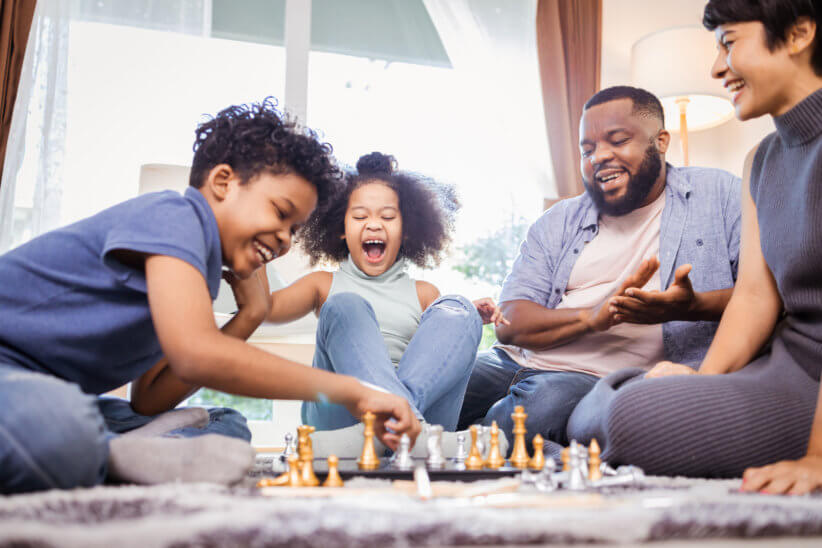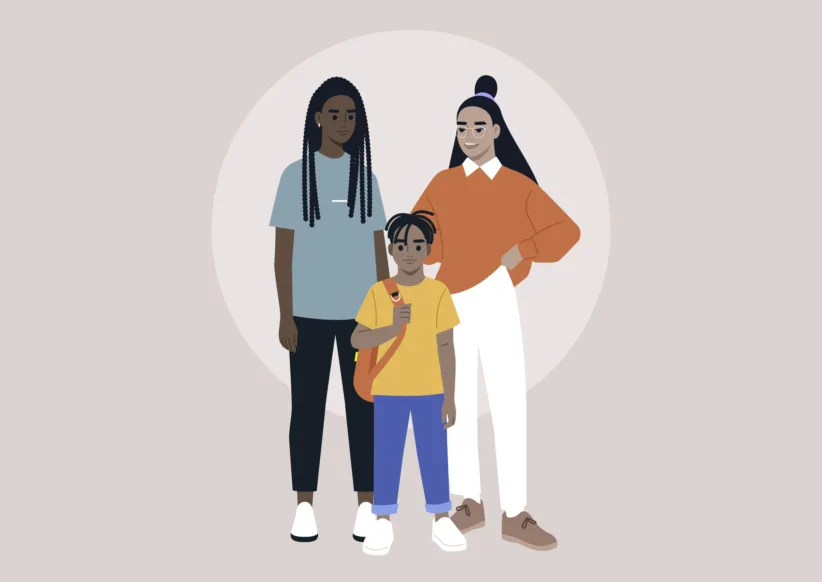We’re all scientists at the start. From day one, children have an innate curiosity and countless questions about how and why things are the way they are. While nurturing that curiosity doesn’t guarantee that your child is destined for a career in the sciences, it will go a long way to at least assuring she’ll be science literate throughout her life.
To help children learn to think critically, it’s good to remember that one of the best ways to get children to use their brains is to get them thinking about how their brains work.
More and more, neuroscience is incorporated into teaching programs at colleges across the country. Still, even though new “brain-based” teaching strategies are gaining momentum, it remains a challenge to integrate the principles of neuroscience into an elementary or middle school curriculum. Current science standards tend not to focus specifically on the brain, and teachers often need to find information on their own.
But, by using simple hands-on methods, teachers — and parents — can help children become familiar not only with basic brain functioning, but also with how neuroscientists learn more about the brain.
One strategy is to make connections to other subjects, like writing, music or math. In many states, the elementary school curriculum includes the five senses. By getting children to explore how our senses work, we foster curiosity about the relationship between our minds and our senses. This not only helps children succeed in the classroom, it also gives them a better sense of understanding their world.
One very easy way to help children become “junior neuroscientists” is through optical illusions. Classic illusions, such as the “old woman or the young woman,” illustrate how our brains process visual information based on submodalities like shape, size, color, and movement. When the brain is at work, billions of neurons are involved, and if the brain had to process all the sensory data, the information would be overwhelming. Instead, the brain uses shortcuts. In the “old woman or the young woman” illusion, the shortcut involves making the stimuli into a face, because that is what the stimuli most closely resemble, although the image is ambiguous. Based on our individual past experiences, it is easier for the brain to see either a young woman or an old woman.
Given the complexity of this system, it is no surprise that scientists are still learning about sensory processing. Examples — like illusions — provide an opportunity to make the simple point that visual processing is never complete, and the brain works hard to make sense of the information it receives from our senses.
In much the same way that the brain processes sight and sound, it must also process scents. Odors activate specific receptors. Based on the pattern of activation, the brain identifies the substances and provides information about where we might have encountered similar smells in the past.
Many famous neuroscientists have focused their work on how the brain interprets artistic material, like music or literature. For instance, neurologist Oliver Sacks explores the power of music through the lens of neuroscience. Books and articles that blend science with literature illustrate the connection between the brain and other areas of study. Parents and teachers may find Sacks’s “The Man Who Mistook His Wife for a Hat” as a great introduction to help get children interested in how our brains work. The chapters are short and captivating, and the lessons of the book have applications in a variety of subjects.
Helping children understand brain science is just one way parents and educators can help improve scientific literacy. Children who get interested in science learn how to think critically, and by observing the world around them, children get better at learning from experience.
The best way to help students learn is to make learning fun, especially when dealing with abstract subjects like neuroscience. Tying in other subject areas can easily turn neurons into an art project by using pipe cleaners and other materials to model different structures, or into a game in which kids use their arms as axons and dendrites to pass a ball that serves as a neurotransmitter.
There are countless everyday opportunities to inspire your child to be a junior neuroscientist. Hopefully, the more children learn how our brains work, the more they pay attention to safety, good health and nutrition. We routinely remind kids to wear bicycle helmets, stay away from drugs, and eat properly, but they are not always taught how helmets, drugs, and nutrition can affect brain function. By helping kids make these connections, we give them a greater understanding of how a healthy mind and a healthy body are interconnected.
Michaela Labriole is a science instructor at the New York Hall of Science, where she leads professional development programs for teachers, such as the Dana Brain Science Series. She has a B.S. in cognitive neuroscience from Brown University, and an M.S. in environmental science from the SUNY College of Environmental Science and Forestry.





















